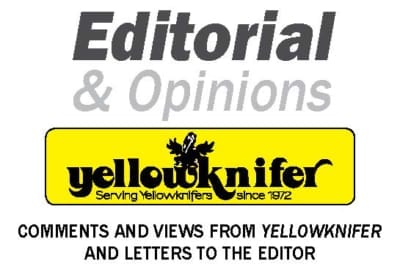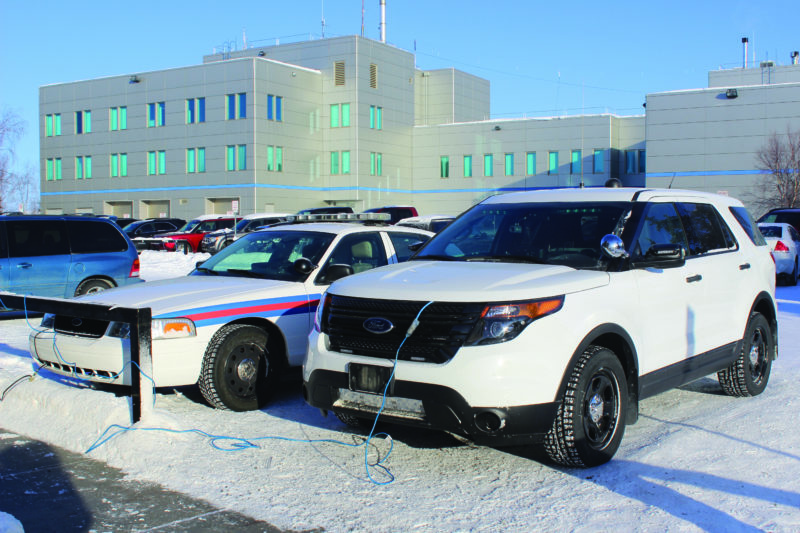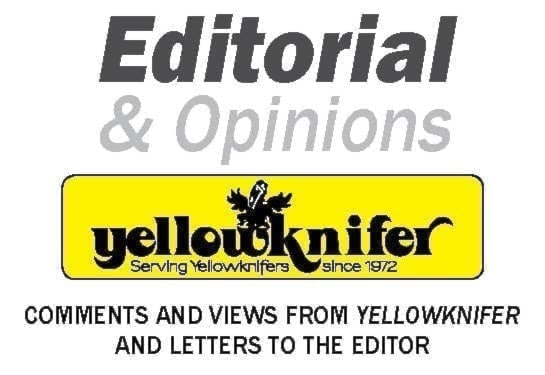Clandestine enforcement sometimes needed to catch speeders but should not be used as a cash cow for the city
The issue: 'Ghost' cars
We say: A necessary tool
Law enforcement is not a one-size-fits-all sort of exercise.
Peace officers sworn to organizations from the RCMP to the city's Municipal Enforcement Division (MED) have a range of tools at their disposal.
This could include everything from a notepad to a weapon, and these days, medical personal protective equipment like a face mask, plus a range of vehicles. Some of the vehicles are marked, some aren't.
In terms of MED, according to the city's website the department consists of a manager, a corporal, six constables, two parking enforcement officers, two clerks and a fleet of vehicles including two marked cruisers, two so-called ghost cars, two marked snowmobiles with lights and even two bicycles, just in case you were thinking about raising some Cain on the McMahon Frame Lake trail now that the weather has turned.
In a perfect world where everyone obeyed all of the rules of the road all of the time, we wouldn't need marked police or MED vehicles patrolling the streets, let alone unmarked or subdued units sporting no decals or decals that are nearly invisible until light is shone directly on them.
Marked vehicles allow police to maintain a visible presence in the community, which is important to public safety. They tend to have a calming effect on traffic as drivers who are aware they are being observed slow down and reconsider this or that lane change. Marked vehicles can be an effective deterrent is this regard.
Unfortunately, marked vehicles are not always enough. Bad drivers see them and slow down but resume their poor driving habits as soon as they're out of sight.

Candace Thomson/NNSL photo
The only way to deter them is to catch them in the act and give them a ticket. In this regard, marked vehicles are less effective.
This is where ghost cars come in, increasing the likelihood that traffic scofflaws will be penalized if they speed or driver poorly – especially inside school or construction zones where people are most at risk from drivers breaking the rules.
What erodes public trust is when money collected through driving and parking infractions becomes a cash cow to top up city coffers. Former bylaw officers have told Yellowknifer the municipal enforcement division has a ticketing quota system officers are expected to meet.
Enforcing public safety should never be about making money, otherwise the goal will inevitably always be about making money and less about public safety.
Instead of just going after people who obviously don't care about the rules of the road, bylaw officers trying to reach quota will be tempted to ticket marginal cases as well, the driver who momentarily accelerated past the speed limit or parked an inch or two too far from the curb.
This sort of capricious behaviour does not lead to better drivers. Rather, it tells people the system is corrupt.
This is where city council comes in. Decisions about what sort of vehicles bylaw officers drive or any other measure undertaken by municipal enforcement should always be about public safety.
If council finds that it's about something else they should put a stop to it and remind administration it serves the public. And the public are not sheep waiting to be fleeced.
